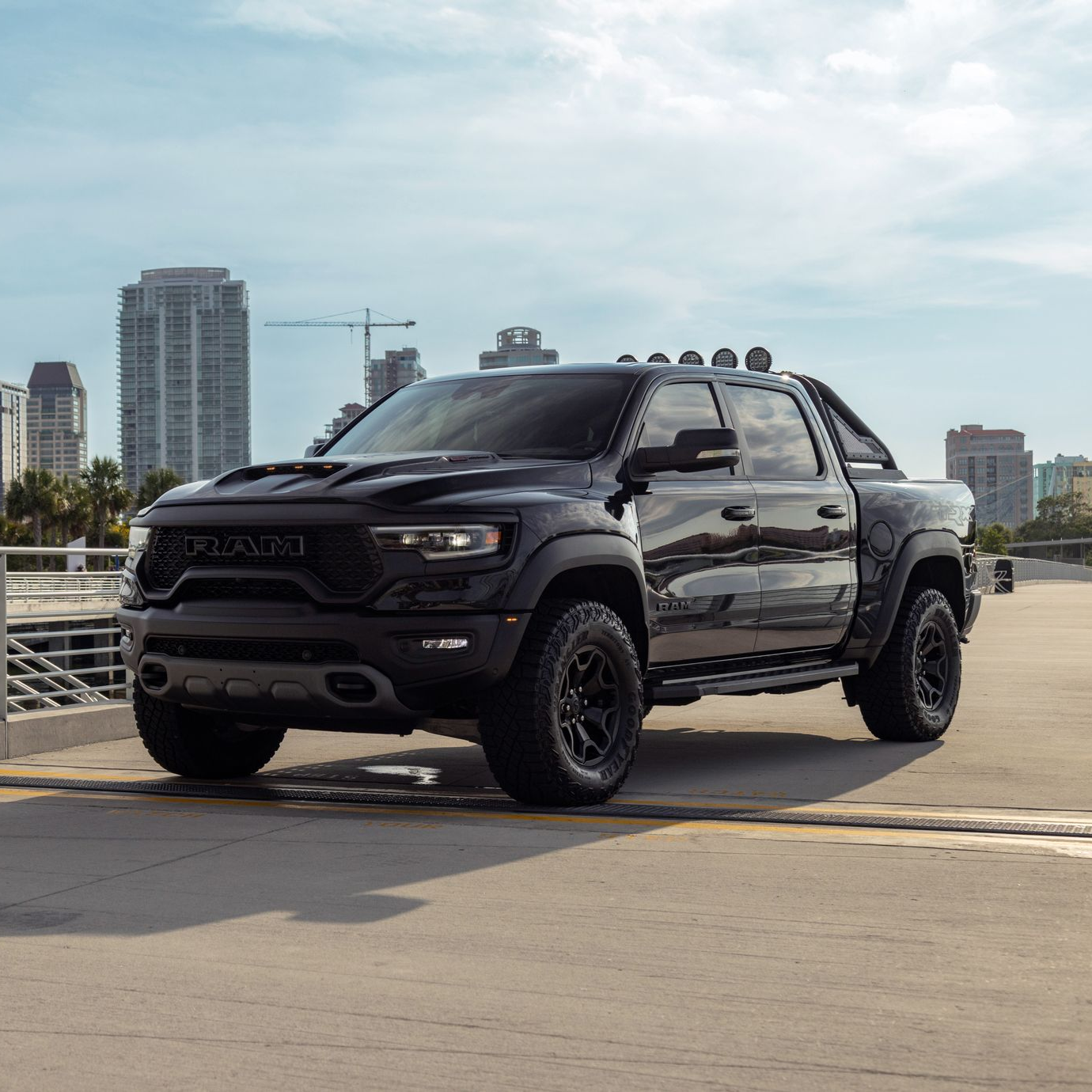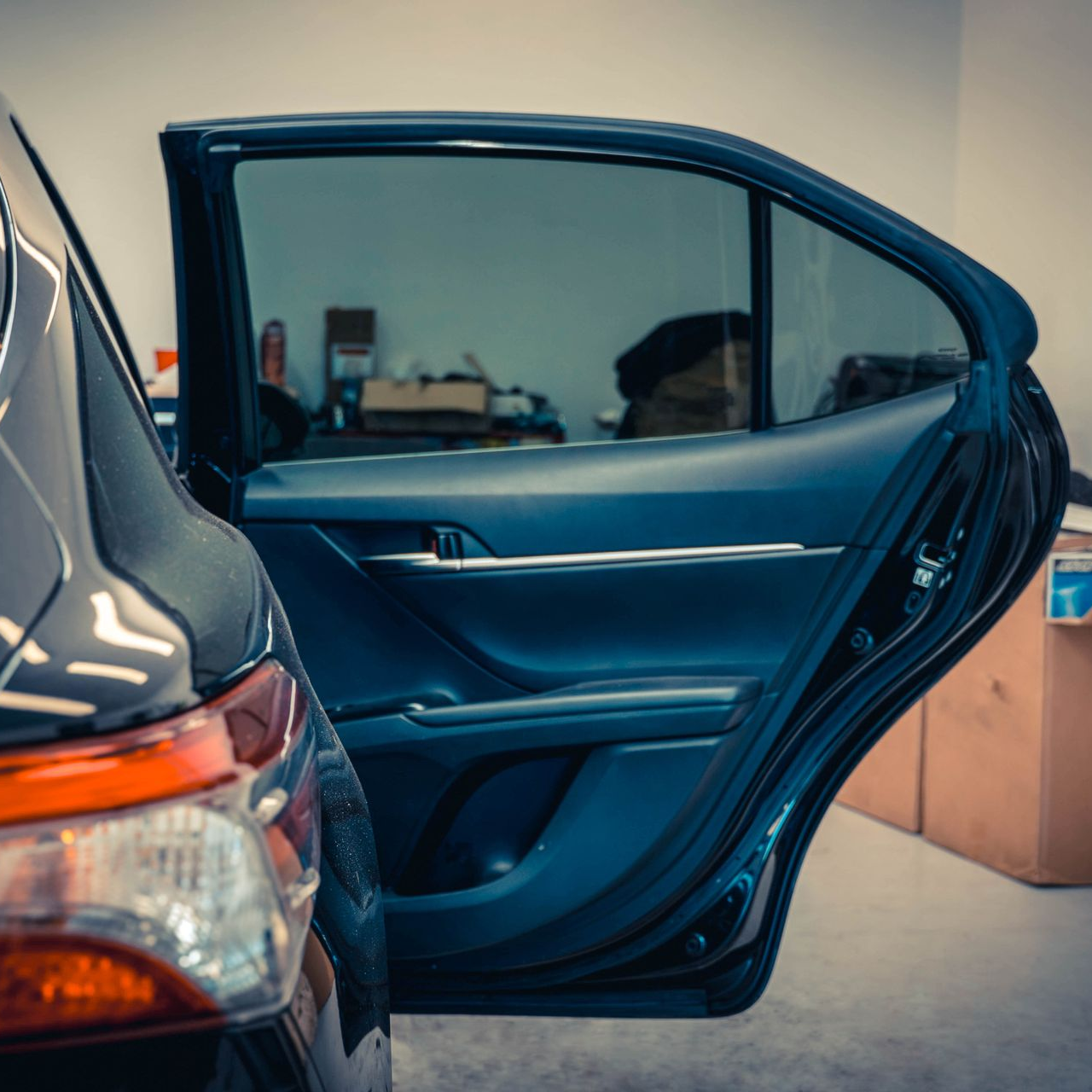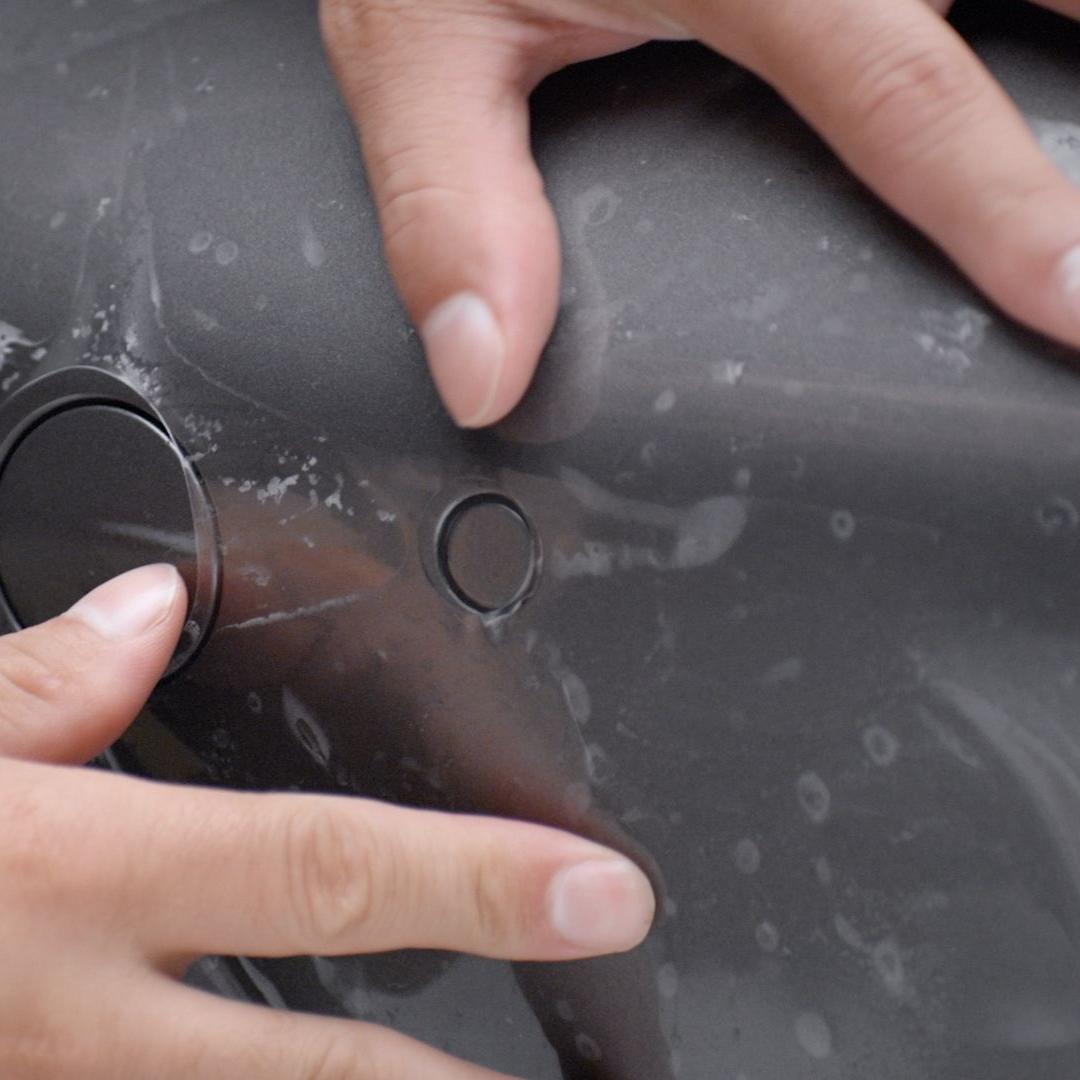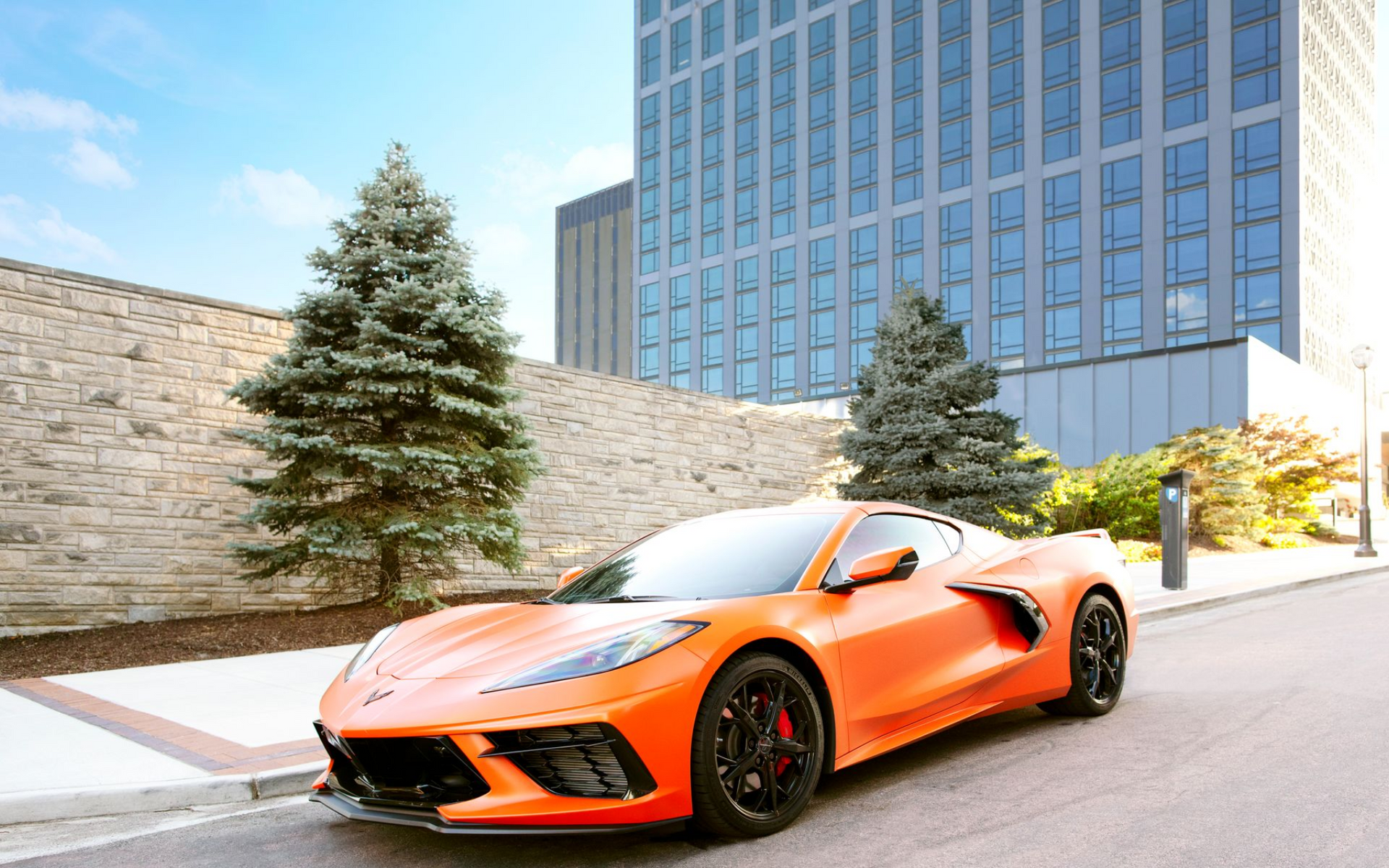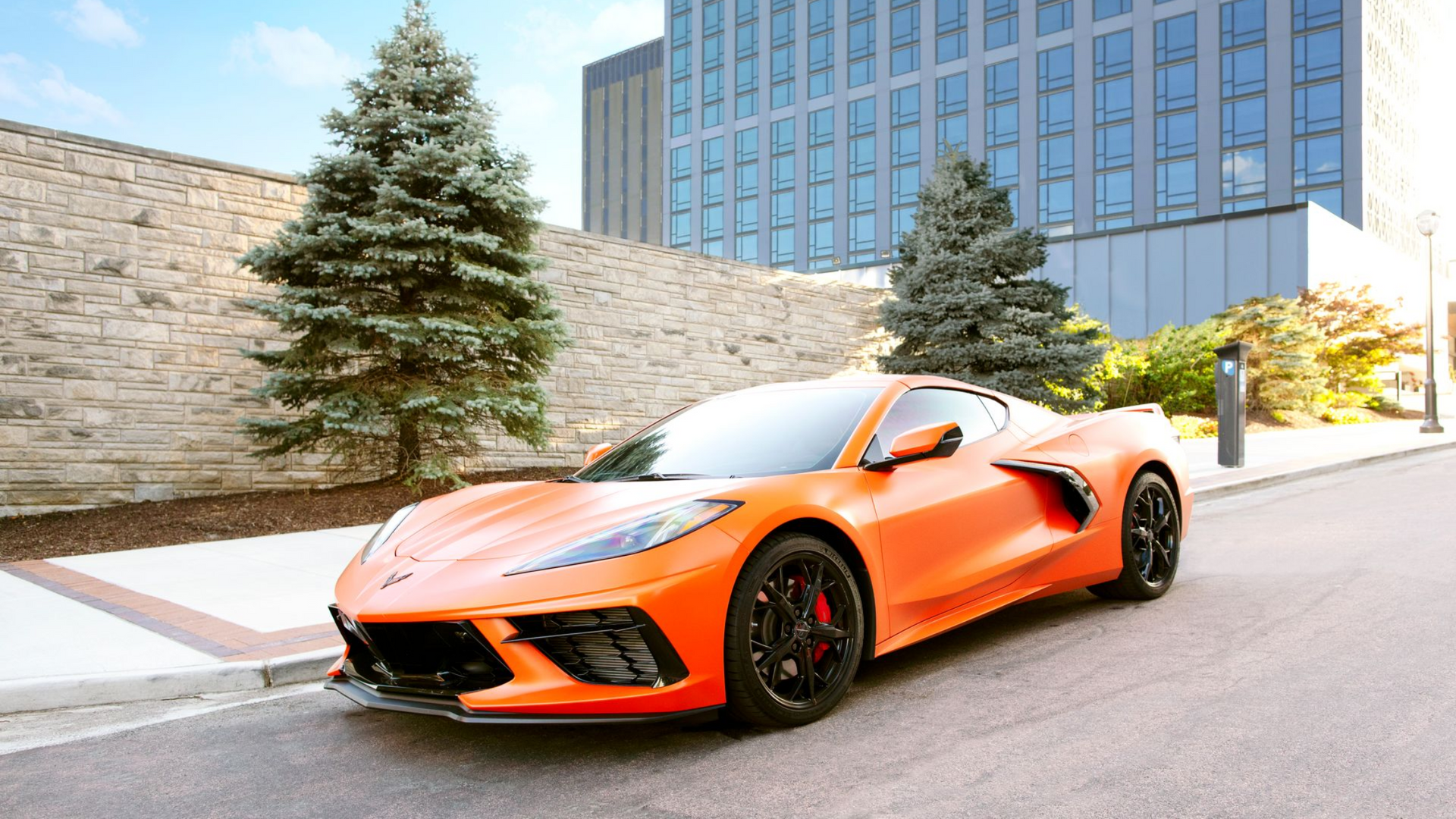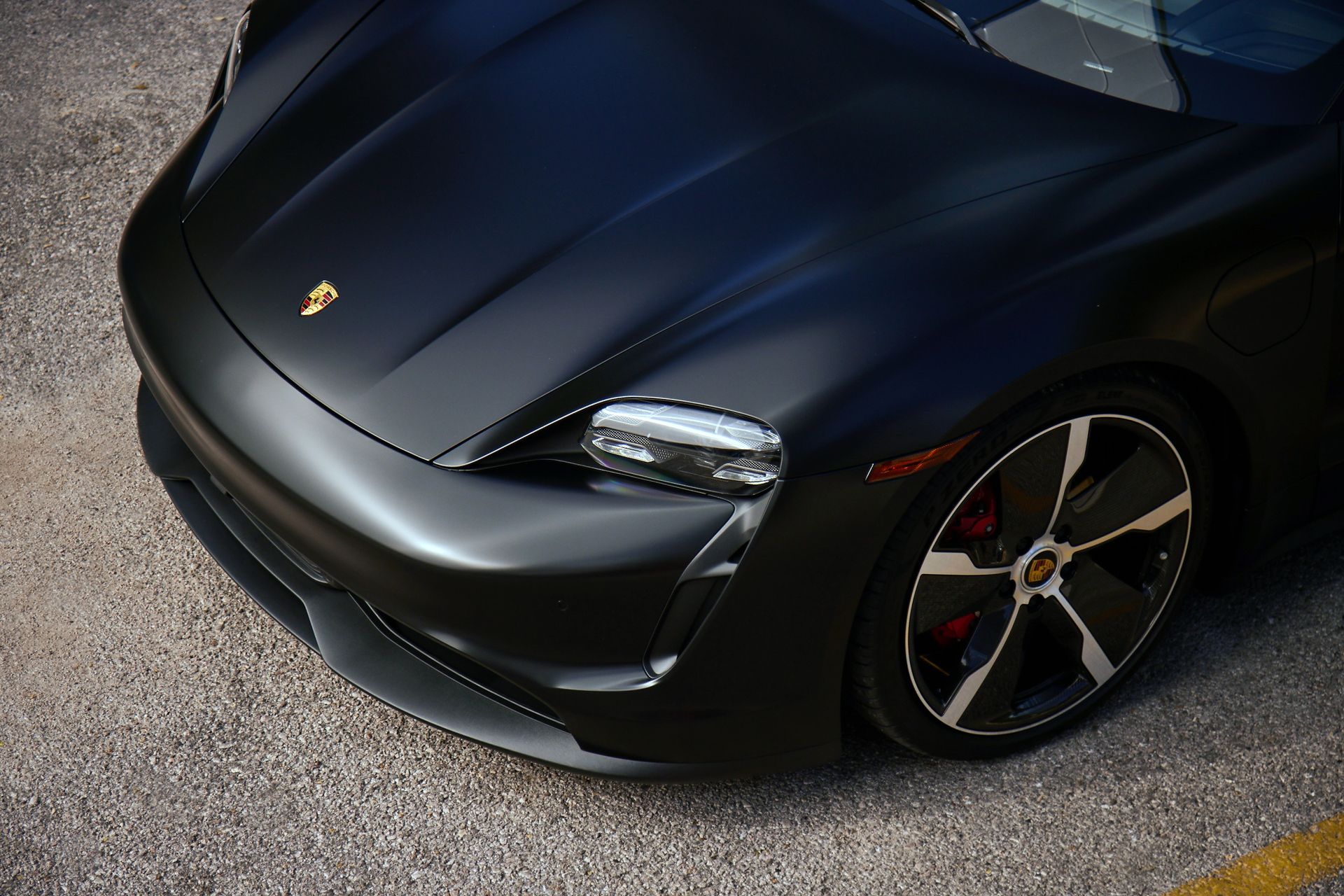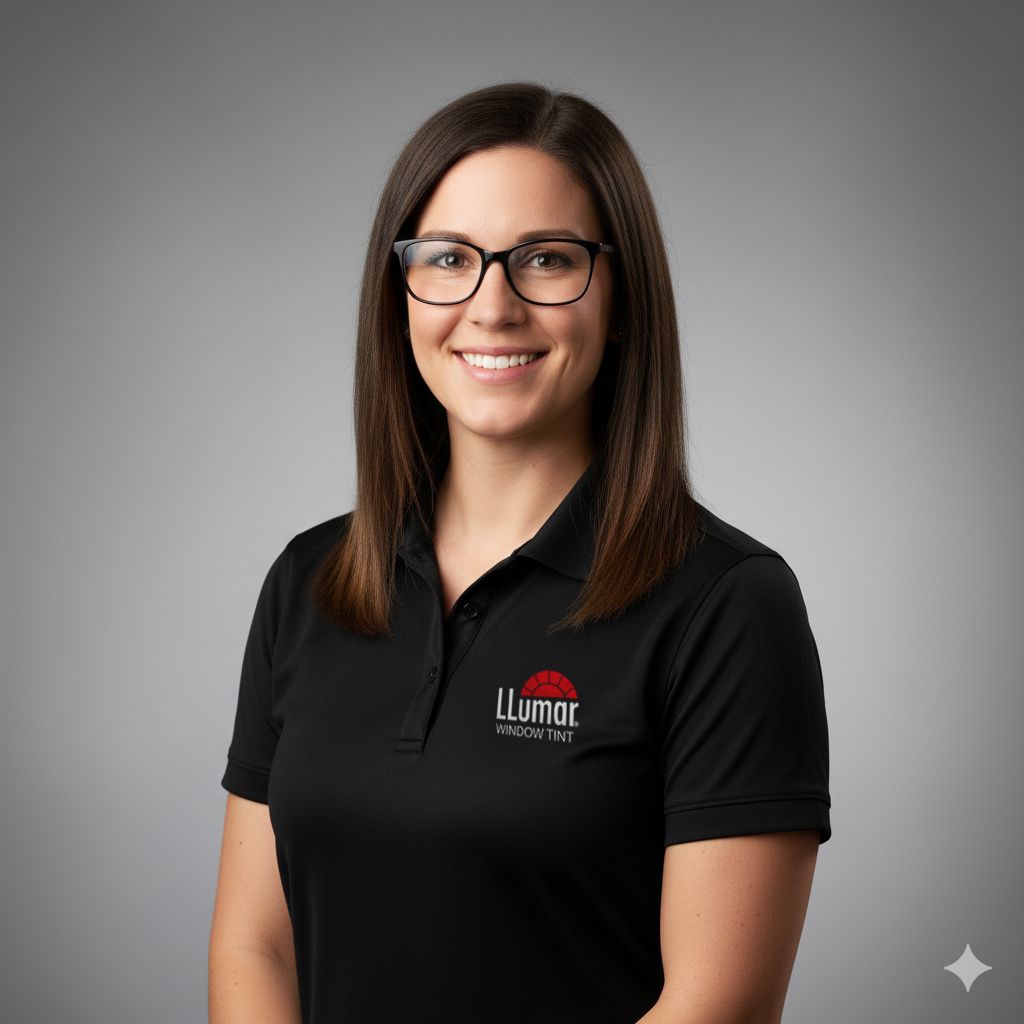
Excellence Is
Non-Negotiable.
Protect your interior. Negate rock chips. Maximize your privacy. Backed by an UNBEATABLE warranty.
FREQUENTLY ASKED QUESTIONS
Can You Fix Blistered and Foggy Window Film?
Once the adhesive or the film material has degraded, the only way to restore the window's clarity, appearance, and protective function is through a full service:
Old Film Removal: We carefully and professionally remove the entire failing film, which can be a tedious process due to the breakdown of the adhesive.
Adhesive Cleanup: We meticulously clean the glass to remove all stubborn, degraded glue residue. This step is critical to ensure the new film adheres flawlessly.
New Film Installation: We install a new, high-quality film (such as our durable ceramic) that comes with a strong, long-lasting adhesive and superior UV protection to prevent premature failure in the future.
Attempting a DIY repair on old, failed film is rarely successful and can often lead to further damage, especially to rear defroster lines.
Is Ceramic Window Tint Different From Cosmetic Window Tint?
The difference between ceramic tint and standard, cosmetic film comes down to technology and performance. While cosmetic films are mainly for privacy, ceramic tint uses advanced nano-ceramic technology to actively reject a high percentage of solar heat (IR), keeping your interior significantly cooler and reducing A/C strain. It also provides 99% UV protection for your skin and interior, maintains high optical clarity (especially at night), and is far more durable, resisting fading and bubbling better than standard dyed films. Crucially, ceramic film is non-metallic, guaranteeing no interference with your GPS or cell signals.
How Dark Can I Legally Tint My Windows?
Window tint legality is determined by state and local laws which regulate the Visible Light Transmission (VLT) percentage—how much light passes through the combined glass and film—and restrict the darkness, reflectivity, and color for different windows (windshield, front sides, and rear). Since VLT limits vary significantly by state (e.g., 70% in one state versus 25% in another for front side windows), our installers guarantee to install film that is 100% compliant with the exact VLT, reflectivity, and color laws for the state where your vehicle is registered.
What Are The Benefits of PPF?
PPF, or Paint Protection Film, is an essential investment because it acts as a nearly invisible, self-healing shield for your car's exterior. Unlike waxes or sealants, this durable urethane film provides physical protection against the threats that actively damage paint, including rock chips, road debris, and minor scratches. Furthermore, it blocks damaging UV rays to prevent fading and acts as a barrier against corrosive environmental contaminants like bird droppings and bug splatter. By preventing common wear and tear, PPF preserves your vehicle's flawless factory finish, directly helping to maintain its maximum resale value for years to come.
Can I Put a Ceramic Coating On Top of My Paint Protection Film (PPF)?
For an exceptional level of care, the combination of Ceramic Coating over Paint Protection Film (PPF) is highly recommended. PPF provides the physical shield that stops rock chips and deep scratches, while the ceramic coating—applied on top of the PPF—creates an ultra-slick, hydrophobic layer. This powerful pairing ensures the ultimate defense, making your vehicle significantly easier to clean, enhancing its gloss and shine, and providing long-term protection against UV damage and corrosive contaminants like bug splatter.




